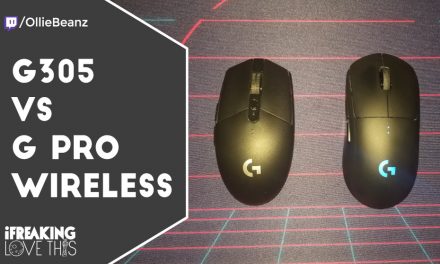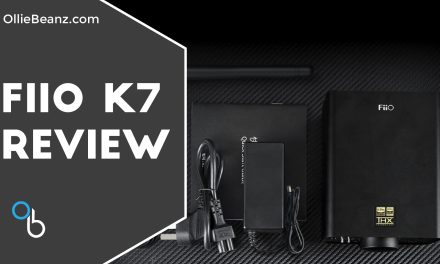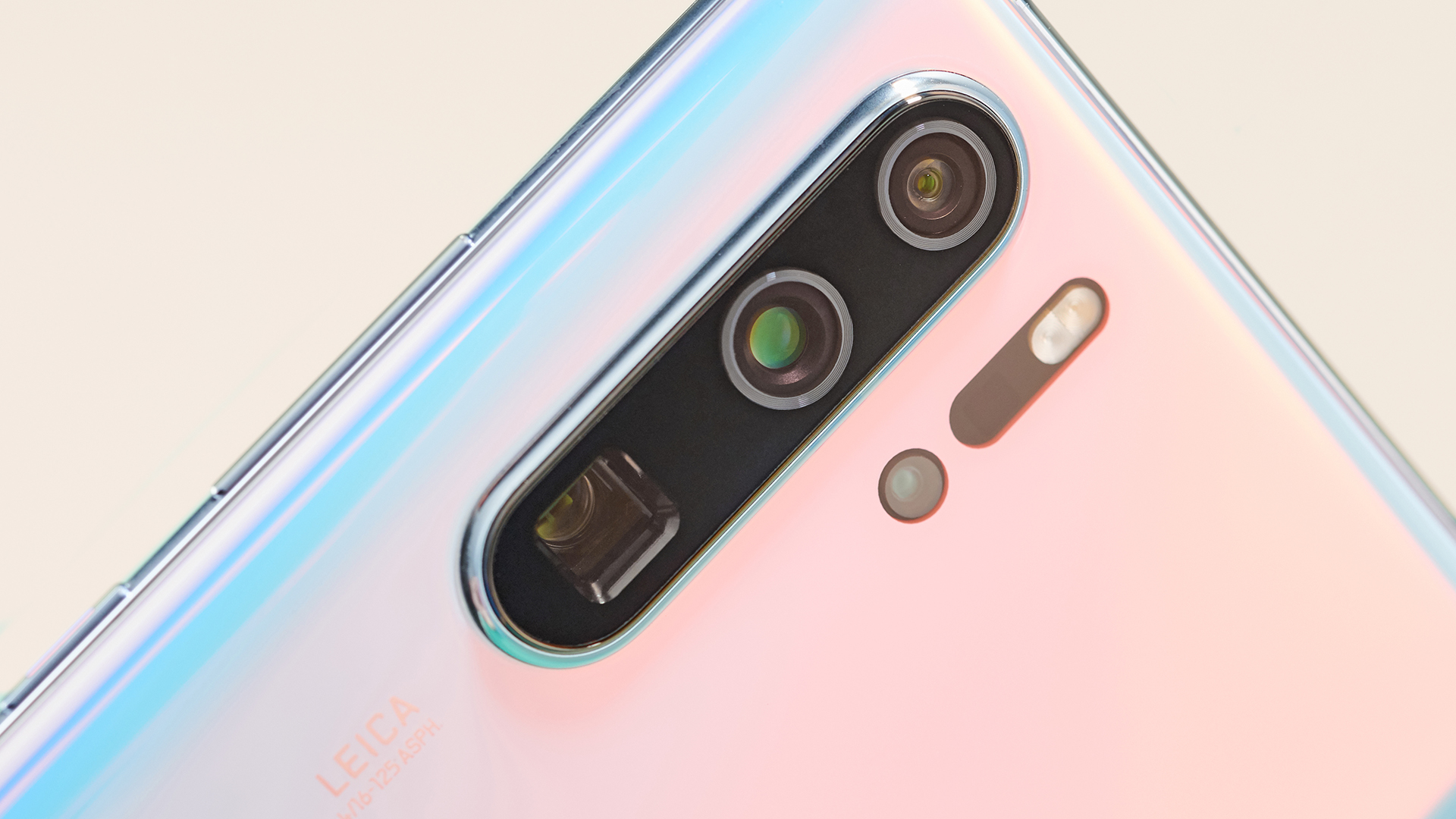
Best camera phone in UAE for 2019: The top smartphone snappers
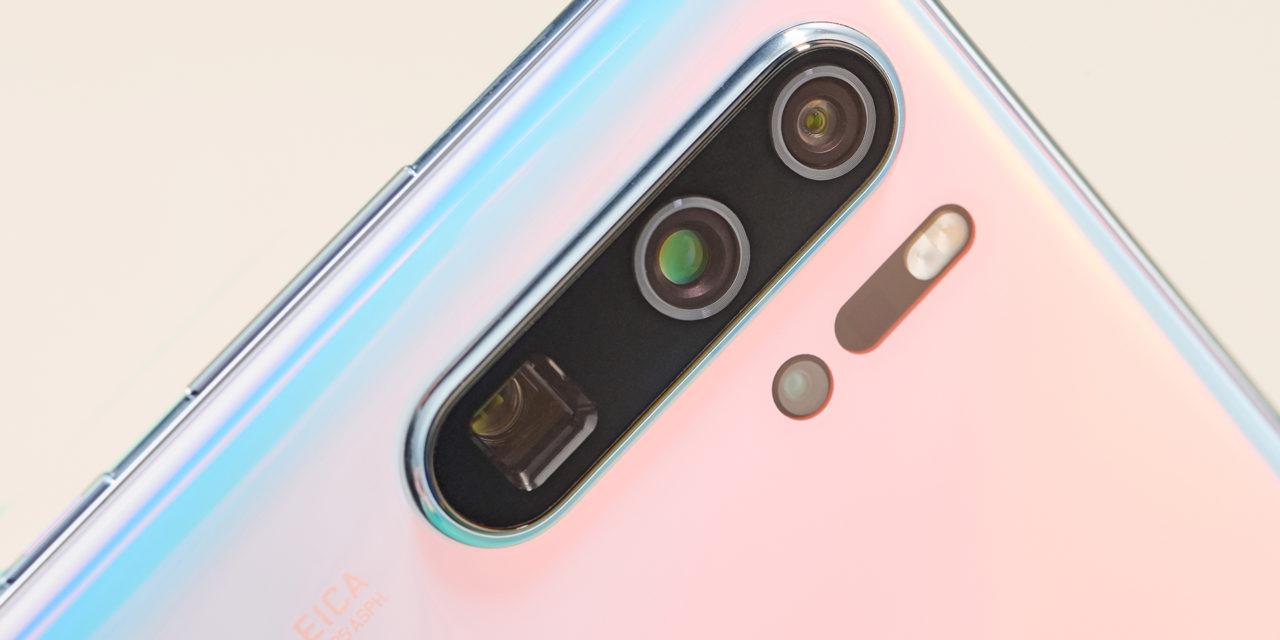
Picking the best camera phone in 2019 has gotten harder, with new front-runners in recent months, including Huawei and Samsung
The best camera phone isn’t easy to pick out. It’s not just the latest iPhone or the camera with the most megapixels. A lot of it comes down to how well the smartphone has optimized its software to snap photos or record videos.
Note: We’re always updating this best camera phone list, and as new software tweaks happen and additional phones come out, we’ll keep everything fresh and continue to test everything we get our hands on.
Then there’s the matter of just what photos that camera needs to capture, as some smartphone cameras can handle certain scenarios better than others.
We’ve tested all of the best camera phones in a multitude of lighting conditions, scenarios, and with a wide variety of subjects. Knowing how each camera performs at different shooting tasks will help you know which can capture the moments you want to save.
So, before you settle on the best camera phone for you, you’ll want to determine what your needs are. Great front-facing sensors with a wide angle to snap better selfies? An array of different sensors on the back for versatile shooting? Knowing will help you decide what can suit your uses.
Beyond the specs and capabilities of the camera itself, there are a number of aspects about the phone you’ll also want to consider. For example, getting a high-storage option or one that supports a microSD card will be helpful if you capture lots of 4K video.
It’s also worth thinking about battery size and screen quality – if you’re going to be heading out all day and doing longer photography sessions, you’ll need a battery that can keep up.
And if you’re mostly going to look at your photos on the phone, then a phone with OLED screen technology can really make your snaps pop – but if it’s social media, or even printing out your photos, that’s your plan then you’ve got a wider array of options.
We’ve listed all that information below, along with some of our top test snaps so you can make the right decision when it comes to choosing your next camera phone.
The Huawei P30 Pro has been meticiously engineered to be the best cameras phone. How? Two ways: it’s the best low-light performer we’ve tested and its ‘periscope’ telephoto lens takes astounding optically zoomed-in shots at a distance.
There were a lot of cameras to test on this phone, including four on the back: a 40MP main lens, an 8MP telephoto lens, a 20MP ultra-wide lens, and then a ToF (time-of-flight) camera to sense depth for portrait photos.
The Huawei P30 Pro camera also uses an RYYB (red yellow yellow blue) sensor instead of the industry standard RGB (red green blue) sensor to capture more light, and it shows. The snaps we took for our review had more detail and less shadow than the competition, yet they didn’t look completely overexposed. It’s a fine balance that few phone manufacturers get right with their tiny cameras and limited software.
It’s all amazing for a smartphone, but not entirely perfect. We did notice some purple fringing in areas, and the camera software controls aren’t always responsive when switching between ultra-wide, 5x zoom, 10x zoom and digital 50x zoom. But the fact that you can get insanely close to objects with a 50x zoom and also shoot at night as if all of the lights were on really sets a new bar for camera phones in 2019.
Read our full review: Huawei P30 Pro
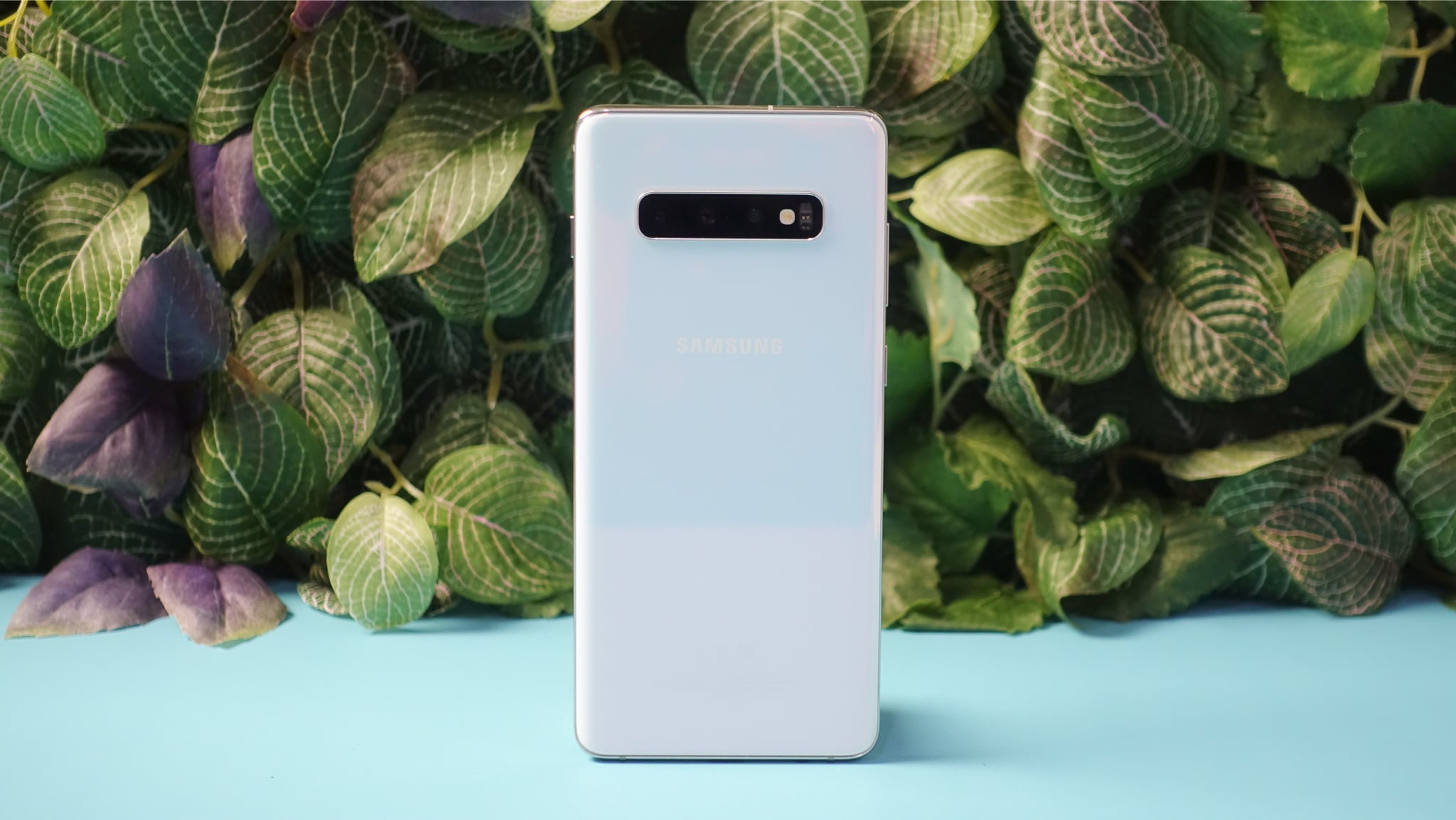
The Galaxy S10 Plus, along with the Samsung Galaxy S10 and Galaxy S10e, debut cameras new to Samsung owners. In addition to an improved regular camera and a 2x optical telephoto lens on the S10 and S10 Plus, there’s also a 123-degree ultra-wide lens on the back of the trio of phones.
We found the Samsung Galaxy S10 Plus to be extremely versatile and fun to shoot with. This is mainly down to its best-in-class camera software. It’s feature-packed with modes like Color Point. It’s a Live Focus (bokeh) mode that masks the background in grayscale, while letting your subject pop. You can change this in post (to become a blur or a swirling blur) and slide the intensity up and down. It’s our favorite new camera mode of 2019.
Where does it fall short? Samsung’s photos apply aggressive smoothing to mask noise in low-light, preventing it from topping the Google Pixel 3 and Huawei P30 Pro. You’re not going to get the very best shots next to those phones, but we’ve still consider them really good and the huge 6.4-inch display to be the best.
Note: the Samsung Galaxy S10e has the new ultra-wide lens, but lacks the telephoto lens, while the standard S10 lacks the dual-front facing camera of the Plus (though we didn’t see much difference between portrait selfies on the Plus and the normal S10).
Read our full review: Samsung Galaxy S10 Plus
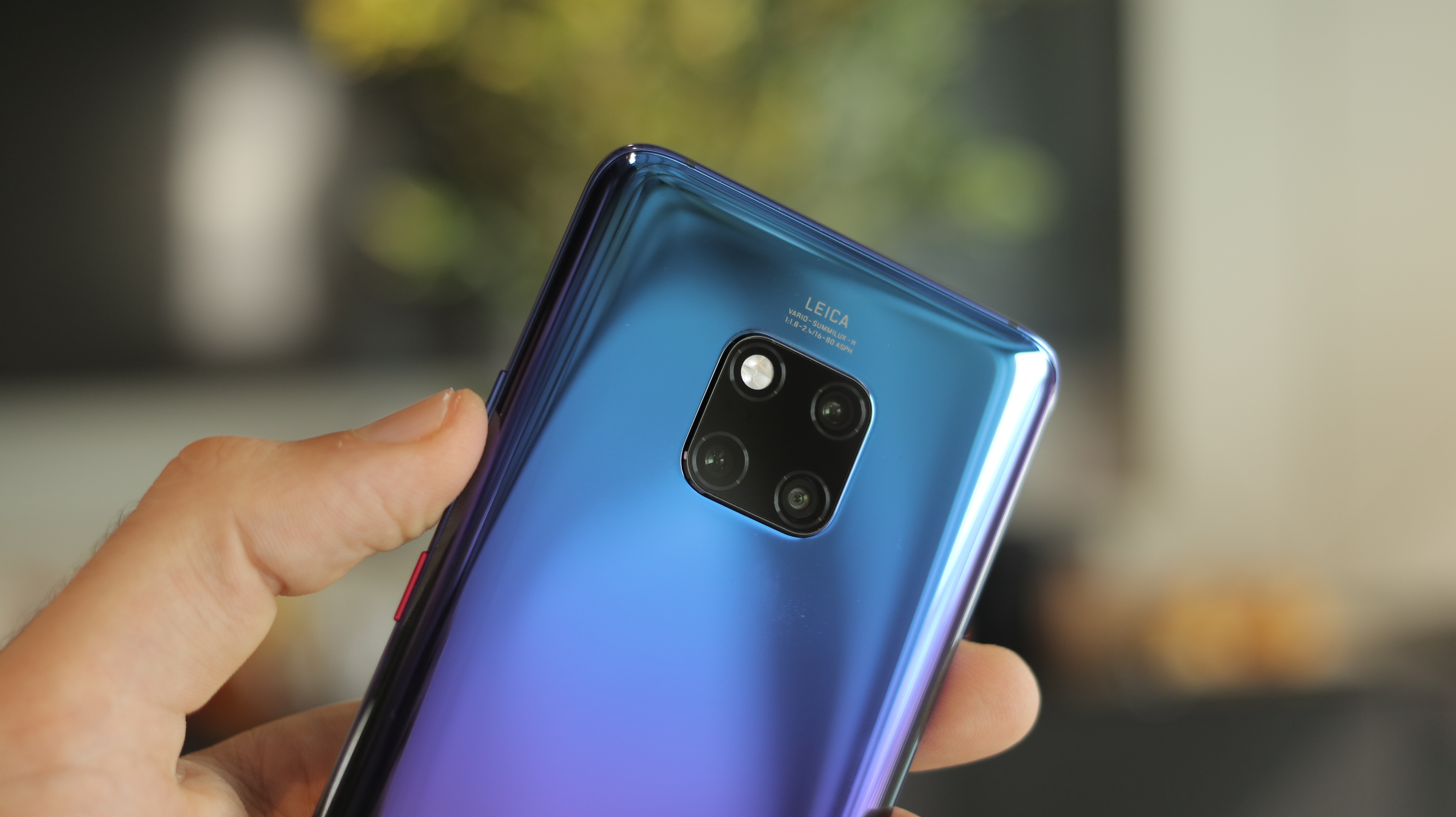
With three rear cameras the Huawei Mate 20 Pro offers a highly versatile camera phone experience.
The P20 Pro ushered in this era of great Huawei cameras, and the Mate 20 Pro inherits its 40MP wide-angle f/1.8 lens and 8MP, f/2.4 3x telephoto with OIS and then builds on it further.
Rounding out that trio of rear-facing cameras is the new star, an ultra-wide 16MP, f/2.2 lens. It expands the Mate 20 Pro’s feature set, letting you take a wider array of photos from limited positions.
Even for casual shooting, it makes life easier when trying to fit a bunch of far-flung elements in the same photo.
The Mate 20 Pro’s overall low-light performance is superior to that of most other smartphones we tested, especially with its seconds-long-exposure Night Mode.
The phone’s 3x telephoto does a great job of snagging distant shots, and the hybrid 5x zoom adds a digital blend to give you a bit more reach. It’s not perfect, but in our comparative testing, it outdid some digital-only zooms like on the Google Pixel 3.
There’s a host of other features in the camera app on the Mate 20 Pro too, allowing you to really fine tune and tinker with the photography experience.
Read our full review: Huawei Mate 20 Pro

Apple’s latest iPhone duo boast powerful dual rear cameras, but it’s not just the specs that appeal about the firm’s mobile photography experience – it’s also the ease of use of their smartphone snappers.
The iPhone camera app is well known for being a simple, clutter-free interface, focused on taking great snaps every time with minimal controls, modes and settings for the user to worry about.
It means that you don’t quite get the same breath of shooting options as you do on the likes of the Samsungs and Huaweis, but the iPhone XS and iPhone XS Max boast Apple’s best smartphone snappers to date, with improvements to their low-light capabilities.
If you want a phone to pull out and take a quick snap with minimum effort, the new iPhones are some of the best camera phones around.
Apple has popularized the blurred background Bokeh effect, and Portrait Mode is one of the best implementations of the technology we’ve used on a smartphone, with a range of studio lighting effects adding extra pizzazz to your compositions.
Both the iPhone XS and XS Max have exactly the same dual 12MP rear cameras, with the only differences between the two being screen size, battery size and their physical size.
The 6.5-inch display on the iPhone XS Max gives you a huge viewfinder when it comes to snapping photos, but it comes with an equally huge price tag, with the still-expensive iPhone XS producing the same results in a smaller form factor.
Read our full reviews: iPhone XS | iPhone XS Max

The Samsung Galaxy Note 9 builds on the strong camera offering of the Galaxy S9 Plus, with a number of small enhancements making it even better.
The result is a handset which is comfortable shooting in any scenario, including in low light, for some truly impressive shots.
The Samsung Galaxy Note 9 camera identifies and adapts to various subjects with a new scene-optimizer feature. It adjusts the white balance and color based on 20 subjects as varied as sunsets, flowers, food, birds, text and so forth.
Compared to even the six-month-old S9 Plus, the Note 9 camera captures more detail, but you’ll have to squint to see the differences.
As this is a Note device, you get Samsung’s S Pen stylus included with the handset, and you can use the button on this as a remote shutter key.
It means you can set the Galaxy Note 9 down on a surface and walk away from it and still snap a shot using the S Pen. It’s a relatively minor perk, but one we enjoy using.
One slight mark against the Note 9 is its lack of HDR video recording, but for many this won’t be an issue.
Read our full review: Samsung Galaxy Note 9
the Huawei P20 Pro is still a top camera phone over a year after it released.
Its party piece is the triple camera setup on its rear. Yes, that’s right, three cameras, with a combined megapixel count of a staggering 68MP. Chuck the 24MP front facing camera into the mix as well and the phone has a total count of 92MP.
Megapixels only get you so far, but the good news here is that the Huawei P20 Pro backs up its MP count with a strong suit of camera features.
The main 40MP camera is backed up by a 20MP black and white sensor that helps with image processing, including decreasing noise and improving dynamic range – although as default the P20 Pro shoots at 10MP.
The third rear camera has a 3x ‘zoom’ lens and an 8MP sensor, letting you zoom into a scene without using digital zoom – which means there’s very little decrease in image quality when used.
Read our full review: Huawei P20 Pro
The Samsung Galaxy S9 Plus is the best camera phone right now, fusing an excellent all-round smartphone experience with a highly accomplished photography offering.
Round the back you get two cameras, with the main 12MP sensor joined by a secondary 12MP sensor directly below it.
It’s the main sensor which is rather special though, as it has a world’s-first-on-a-phone f/1.5 aperture, meaning that it performs fantastically well in low light.
That’s not all this sensor has up its sleeve though, as it also features Samsung’s new Dual Aperture Technology, allowing it to move from f/1.5 (for low light) to f/2.4 (reduces overexposure in bright scenes).
The S9 Plus pulls in 28% more light with 30% less noise compared to the S8 Plus, and has the benefit of Samsung adding DRAM to its image sensor stack, allowing photos to be made up of a composite of 12 frames instead of 3 frames.
Meanwhile the second camera allows you to take bokeh-rich photos, with parts of the image blurred while other parts are in focus.
You can also record slow motion video at 240fps (in 1080p) and super slow motion at 960fps (in 720p).
This is all wrapped up into an easy-to-use camera app with an automatic mode which takes care of most of the technological trickery, meaning all you have to do is point and shoot for a great snap.
Read our full review: Samsung Galaxy S9 Plus

The OnePlus 6T may not be the very best camera phone here, but it’s cheaper than the rest of the competition and still offers up a flagship photography experience.
The camera features a wide-angle lens paired with a 16MP sensor, as well as a secondary 20MP lens and sensor combination. Both lenses feature a f/1.7 aperture.
While OnePlus has stuck with the same hardware on the T update as the OnePlus 6, the software has been improved, notably with the addition of a new Nightscape long exposure mode. It’s good, but not as good as the similar modes on the Mate 20 Pro or Pixel 3.
Selfies are also nice and sharp, especially in good light, with the nicely exposed faces you want – and the selfie bokeh mode works well too.
Read our full review: OnePlus 6T
Source:: TechRadar Portable Devices



